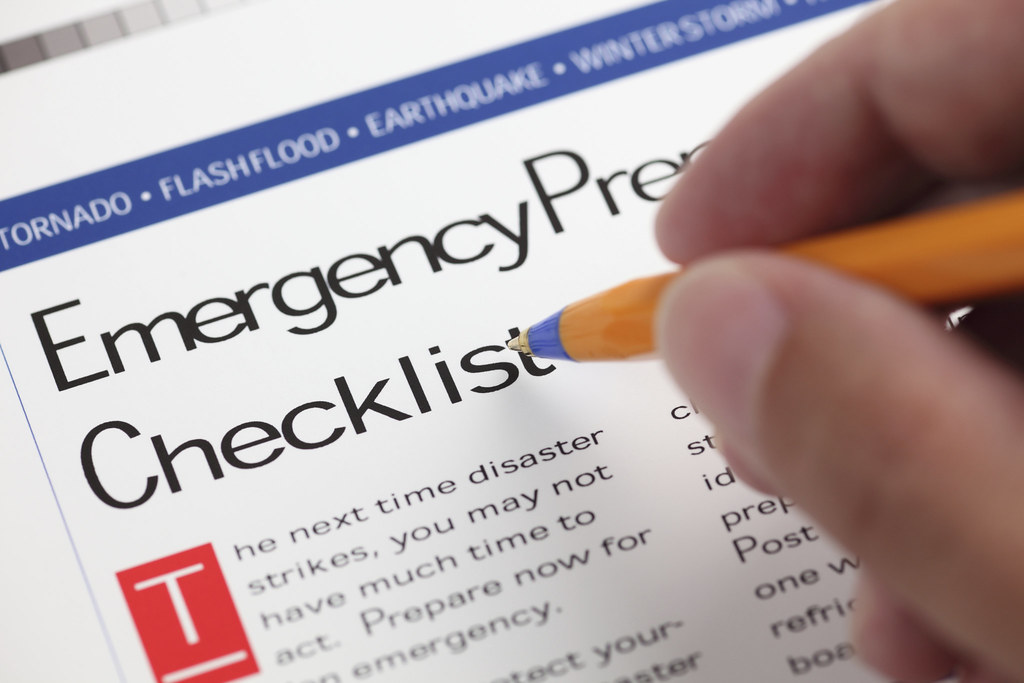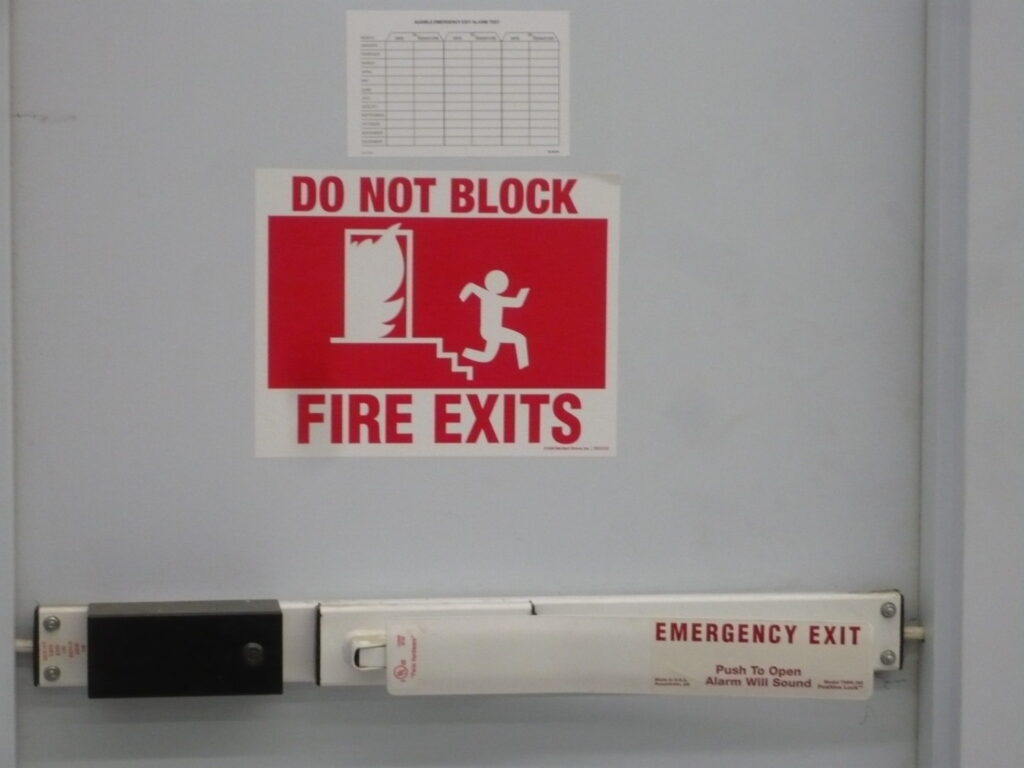
- August 7, 2024
- Kevin Kholer
Emergency Response Planning
An emergency response plan (ERP) is a written description of the actions, in the order in which they will be taken, by a company and its employees, to mitigate an event that poses an immediate risk to health, life, property or the environment.
Emergency response plans should:
- Individually address all likely emergencies that a company may face;
- Be specific for each workplace or company location;
- Specify how emergencies are to be declared and who inside and outside of the company is to be notified;
- Specify how outside emergency response (ER) resources are to be obtained;
- Specify the outside government agencies (including fire and police services) that are required to be notified;
- Identify all individuals who have responsibilities under the ERP and specify their responsibilities;
- Specify the emergency equipment required for the individual plans and how these are to be obtained, maintained and deployed in an emergency;
- Establish how training is to be provided to those who have responsibilities under the plan and how the training is to be verified; and
- Establish how the plan’s effectiveness is to be verified.
- An effective ERP can save valuable time in an emergency when every second may count.
Legal Requirements
There are legal requirements for emergency planning under:
- Prevailing OHS legislation;
- Building codes (fire and evacuation);
- Government emergency management organizations (EMOs);
- Hazard communication legislation;
- Process safety legislation, fire codes, and hazardous materials legislation; and
- Transportation safety legislation.
It is important to consult the legislation that applies to your jurisdiction, activities, or circumstances in order to determine your specific requirements for developing and maintaining ERPs.


Identify and prepare for all likely emergencies
In order to prepare for likely emergencies, they must be identified. We can all likely identify the classic emergencies that consist of fire, natural disaster, injury accident, etc. Having plans in place for these standard emergencies will be helpful in dealing with other types of emergencies but it will not be as effective as having specific plans for each specific emergency. The likely emergency checklist to consider should include:
- Business operations and process-related hazards: Fire, explosion, release of toxic substances, spills of dangerous or toxic materials, electrical outages, transport accidents, upset conditions, feedstock contamination.
- Natural hazards: fire, wind, rain, flooding, tornadoes, earthquakes, disease, moulds, animals.
- Occupancy-related hazards: fire, smoke, structural failure, building collapse, ventilation.
- Societal hazards: violence, terrorism, arson, riot, civil unrest, war.
These hazards can be interrelated, or one hazard can create another. To determine if the hazard is likely to create an emergency, a risk assessment must be used to determine its relative likelihood. The past history of like businesses must be considered as well as historic incident reports. The specific circumstances for each work location and situation must be accounted for. The risk profile for activities in a remote location will be different than those carried out at a primary location. Employees with special needs may require special provisions for evacuations.
Best Practices
Emergencies are likely to be “High Impact Low Probability” (HILP) events. Because they occur infrequently, planning, training, and practicing for these events must be carried out on a regular basis so that in the event of an emergency the ERP is effective. All employees must be trained to perform their ERP role. Emergency equipment must be verified by inspection, procedures must be verified through simulations and drills and the ERP must be audited and reviewed annually, or more often if there a deficiency is found or there has been an emergency. ER planning is a safety-critical activity to protect people, property, and the environment.
Mitigate emergencies by planning for them
